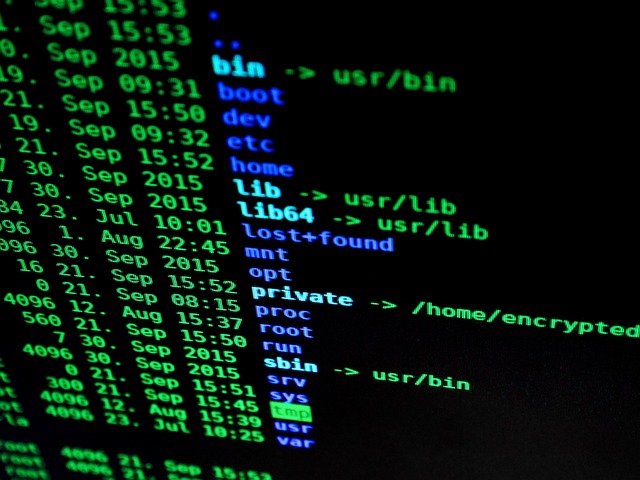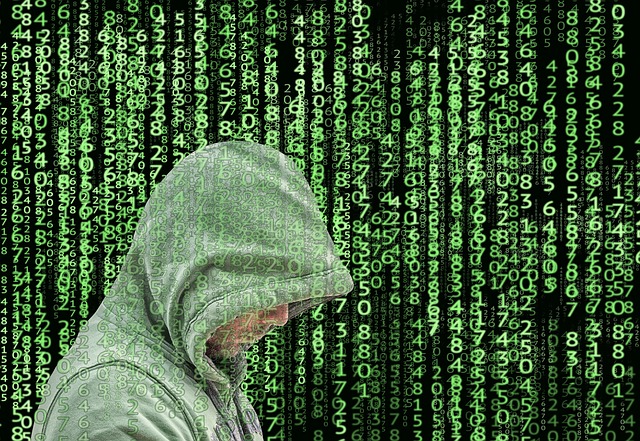Cyber security has become a critical concern in today&8217;s interconnected world, where digital threats and attacks pose significant risks to individuals, businesses, and governments. This article delves into the multifaceted landscape of cyber security, exploring its importance, key challenges, preventive measures, and the evolving role of technology in protecting digital assets.
Introduction to Cyber Security
Cybersecurity is the umbrella term for tactics, tools, and procedures intended to defend computer networks, systems, and data against intrusions, cyberattacks, and data breaches. Strong cyber security measures are more important than ever as digital transformation speeds up across industries.

Importance of Cyber Security
- Protection of Confidential Information: Cybersecurity prevents theft and unauthorized disclosure of sensitive data, including financial records, intellectual property, and personal information.
- Preservation of Business Continuity: By reducing the impact of cyber incidents on output and income, effective cyber security measures guarantee the ongoing operation of vital business operations and services.
- Financial Loss Mitigation: Because of ransom payments, regulatory fines, data breaches, and legal fees related to noncompliance, cyberattacks can cause large financial losses.
- Reputation Protection: A successful cyberattack can harm a company&8217;s standing and undermine consumer confidence, which can have long-term effects on the integrity of the brand and its ability to compete in the market.
Key Challenges in Cyber Security
- Advanced Cyberthreats: Traditional defense mechanisms are challenged by the increasing complexity and sophistication of ransomware, phishing attacks, malware, and advanced persistent threats (APTs).
- Human Factor: Human error, carelessness, and insider threats undermine cyber security defenses, underscoring the significance of security best practices and user awareness training.
- Rapid technological advancements: The spread of cloud computing, IoT devices, and AI-powered technologies creates new attack vectors and complicates the security of digital ecosystems and interconnected systems.
- Regulatory Compliance: In order to maintain compliance and prevent legal ramifications from data breaches, organizations need to manage a complicated web of data protection laws and industry regulations (such as the CCPA and GDPR).

Preventive Measures in Cyber Security
- Risk Management and Assessment: Identify vulnerabilities, rank threats, and put controls in place to successfully reduce risks by conducting routine risk assessments.
- Endpoint Security: Secure devices and stop unwanted access by implementing strong endpoint protection solutions, such as intrusion detection systems (IDS), firewalls, and antivirus software.
- Network Security: To protect data in transit and defend against network-based attacks, implement network segmentation, encryption protocols (such as TLS/SSL), and access controls.
- Employee Awareness and Training: To lessen the human element in cyberattacks, train staff members on incident response protocols, phishing awareness, and cyber security best practices.
Emerging Technologies in Cyber Security
- Machine learning and artificial intelligence (AI): Algorithms driven by AI can improve threat detection, anomaly detection, and predictive analytics to proactively detect and instantly address cyberthreats.
- Blockchain Technology: Blockchain improves security and transparency in supply chain management, digital identities, and transactions by providing decentralized and unchangeable data storage.
- Zero Trust Architecture: To stop attackers from moving laterally within networks, Zero Trust principles support stringent access controls, ongoing identity verification, and micro-segmentation.
- Biometric authentication: By offering more robust authentication techniques than conventional passwords, biometric technologies—like fingerprint scanning and facial recognition—lower the possibility of unwanted access.

Conclusion
The field of cyber security is still dynamic and changing as a result of new threats, regulatory changes, and technology breakthroughs. In an increasingly linked world, organizations need to prioritize proactive cyber security measures, such as resilience planning, constant monitoring, and strong defense strategies, to protect their digital assets and uphold trust. Businesses and individuals may successfully reduce cyber risks and confidently traverse the intricacies of the digital environment by keeping up with cyber security trends, implementing a risk-based approach to threat management, and cultivating a culture of cyber resilience.
